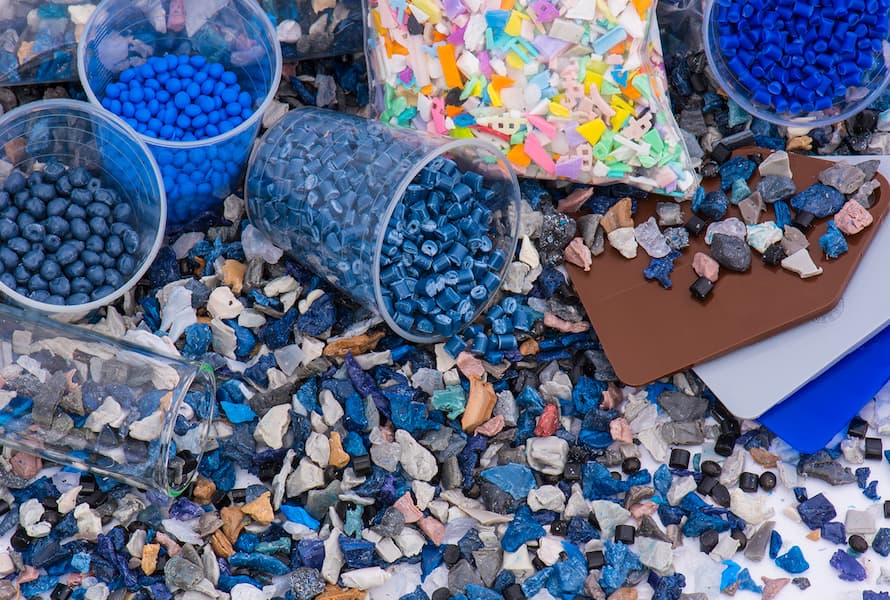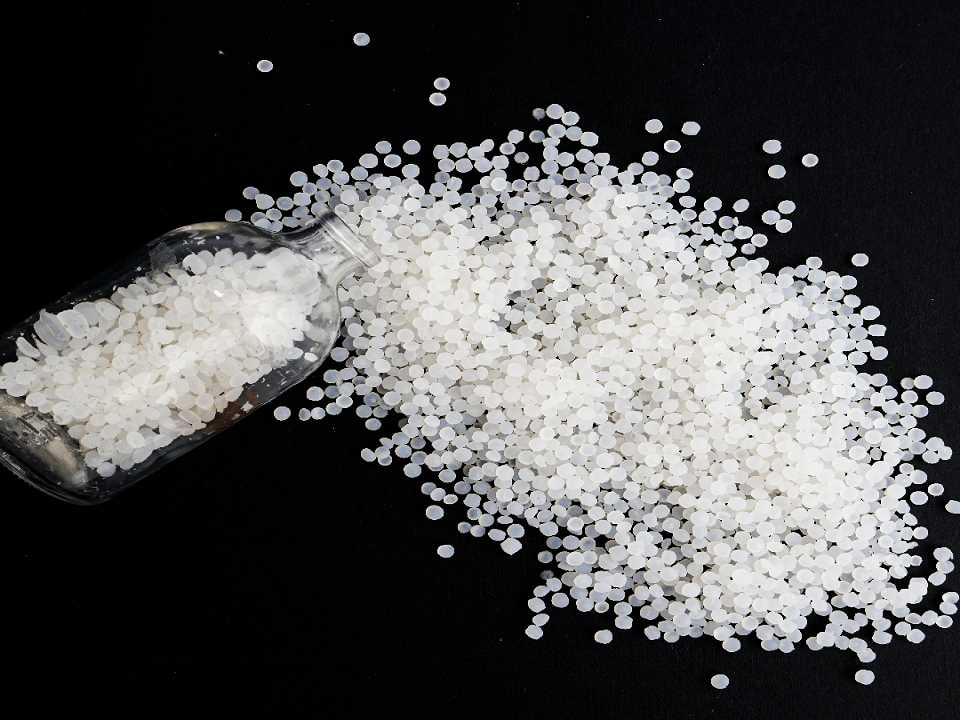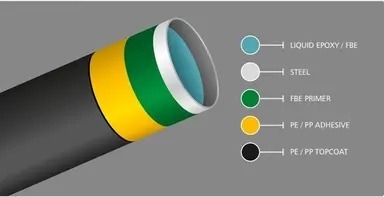The Effects of Reactive Impact Modifier on Impact Resistance of Polycarbonate

The Effects of Reactive Impact Modifier on Impact Resistance of Polycarbonate
As an engineering polymer, polycarbonate (PC) is the hardest transparent material used in a wide range of polymer industries. This polymer can be used in various processes equipment such as injection molding and extrusion. In addition to transparency and according to polarity of PC, it also shows good paintability properties. The most important properties of polycarbonate are high chemical resistance, high impact and scratch resistance, high weather resistance, self-extinguishing and non-flammability, etc. Compared to polyolefins, these distinctive properties of polycarbonate have made this polymer a good candidate in various industries such as transportation, construction, production of safety glass, production of various electronic components and computer hardware equipment and compact discs, etc.

Figure (1) – High transparency of polycarbonate as another benefit in the production of different types.
One of the main problems of polycarbonate is its low impact strength, especially in recycled grades; Because in the industry, due to the high price of this polymer, there is usually a greater tendency to use its recycled grade, and due to the low mechanical properties of such grades, the need to use suitable impact modifiers are necessary. However, in some special grades, PC has a good impact strength, which often has a low melt flow index (MFI), and as a result, due to the high viscosity of the melt, these grades are not suitable for the production of some polymer parts, especially in injection process. The most suitable method used to improve the impact strength of polycarbonate is to use impact modifiers with a core-shell structure for this polymer. Impact modifiers can include modified polymers and some suitable additives. It is worth mentioning that in some references, special chemical and polymerization processes are used in order to produce transparent polycarbonate with high impact strength.


Figure (2) – Some applications of polycarbonate in various industries.
If the desired mechanism to improve the impact properties of polycarbonate is done with elastomers or rubber toughening method, the dispersion of the droplets (dispersed phase) in the polymer matrix, should follow the pattern of the matrix-dispersed as shown in the figure below.

Figure (3) –homogeneous distribution of impact-modified particles dispersed in the polycarbonate matrix.

Figure (4) – Impact transfer mechanism of polycarbonate containing impact modifier.

Figure (5) – TEM images related to the dispersion of impact modifier particles in the PC matrix.
a) Sample modified with 5% impact modifier. b, c) Injected specimen containing 5% impact modifier.
As shown in Figure (5), the samples compounded by means of a double screw extruder has had a more uniform mixing and distribution than the ones produced by injection machine, and of course sample C has higher rheological and mechanical properties.
An analysis on properties of polycarbonate samples with different impact modifiers:
PC containing different amounts of impact modifiers from 1 to 11% and also at different temperatures such as -25℃ and -50 ℃ has been studied in order to evaluate the effect of impact modifiers at different loading level in low or high temperature range.

Figure (6) – Investigation the effect of different impact modifiers (type A and B) at difference loading levels.
In the figure 6, the impact modification of polycarbonate using impact modifiers in different ratios and temperatures is investigated. As it is shown, at low temperatures (negative or zero temp), the impact strength of polycarbonate is weak, while at high temperatures (positive temp), its impact is higher. Increasing the percentage of impact modifier has a positive effect on PC impact strength. This point is important from the perspective that achieving the desired percentage of impact strength occurs at optimal value, and after this point the impact strength increases significantly.
Aria Polymer Pishgam Company has presented its impact modifier product based on functionalized thermoplastic elastomers, especially for use in recycled polycarbonates. The impact properties of recycled polycarbonate using Aria couple 1947 as an impact modifiers is examined in the following diagram.

For more information about this product and other related products, please contact the Sales Department of Aria Polymer Company.
Author:Ali Moshkriz




